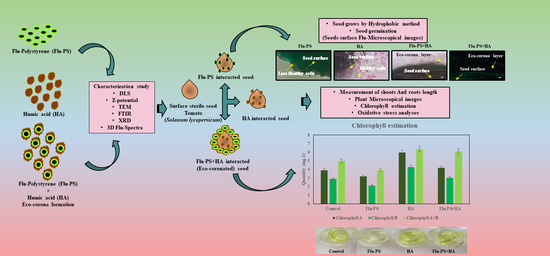The Effect of Humic Acid and Polystyrene Fluorescence Nanoplastics on Solanum lycopersicum Environmental Behavior and Phytotoxicity
Abstract
Share and Cite
Lakshmikanthan, D.; Chandrasekaran, N. The Effect of Humic Acid and Polystyrene Fluorescence Nanoplastics on Solanum lycopersicum Environmental Behavior and Phytotoxicity. Plants 2022, 11, 3000. https://doi.org/10.3390/plants11213000
Lakshmikanthan D, Chandrasekaran N. The Effect of Humic Acid and Polystyrene Fluorescence Nanoplastics on Solanum lycopersicum Environmental Behavior and Phytotoxicity. Plants. 2022; 11(21):3000. https://doi.org/10.3390/plants11213000
Chicago/Turabian StyleLakshmikanthan, Dhivya, and Natarajan Chandrasekaran. 2022. "The Effect of Humic Acid and Polystyrene Fluorescence Nanoplastics on Solanum lycopersicum Environmental Behavior and Phytotoxicity" Plants 11, no. 21: 3000. https://doi.org/10.3390/plants11213000
APA StyleLakshmikanthan, D., & Chandrasekaran, N. (2022). The Effect of Humic Acid and Polystyrene Fluorescence Nanoplastics on Solanum lycopersicum Environmental Behavior and Phytotoxicity. Plants, 11(21), 3000. https://doi.org/10.3390/plants11213000







